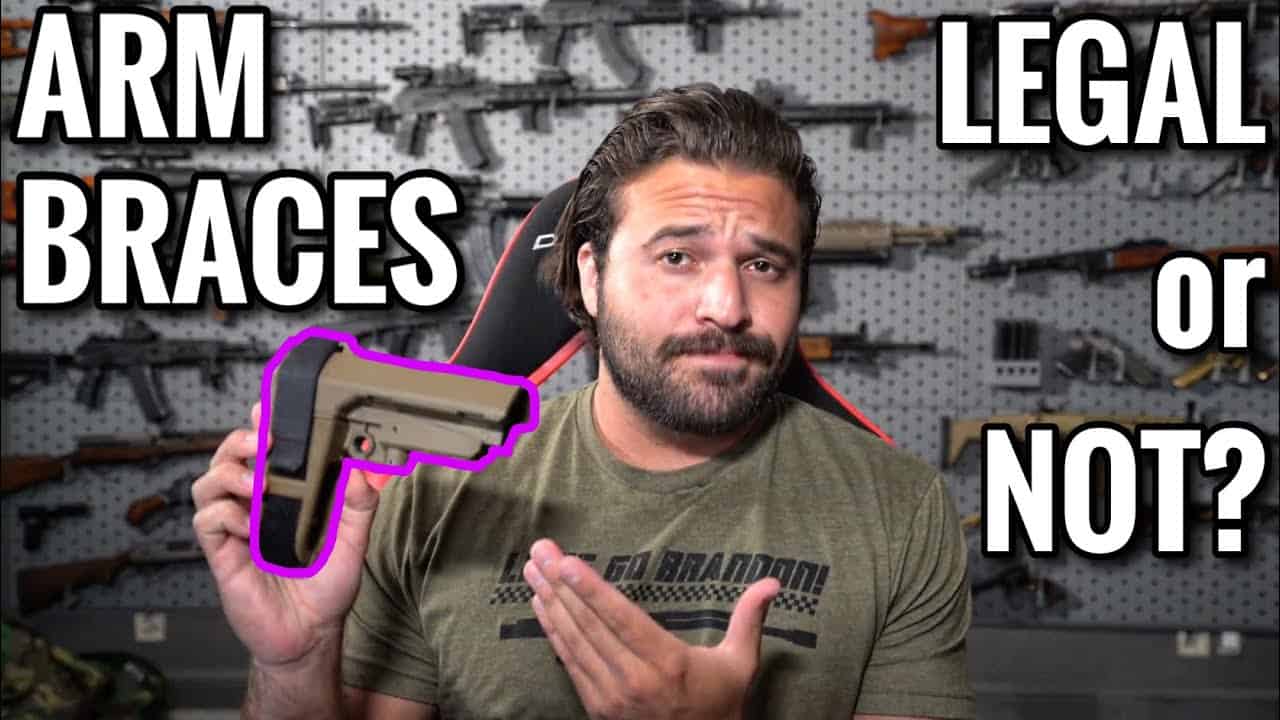In the modern world, self-defense and being able to effectively defend oneself and one’s family from harm are becoming survival skills on par with being able to work on a car and locate safe sources of food quickly.
The ever-growing popularity of the Israeli-born martial art Krav Maga is one prevalent indication of this trend.
In this article, we will discuss seven crucial Krav Maga techniques everyone from school teachers to commandos should know. Please note that nothing in this article should in any way be considered a substitute for proper training from a licensed, skilled instructor in Krav Maga.
7) Everything’s a weapon.
Your pen, keys, belt, even your credit cards are all potential weapons. Most people consider these items essential to getting through the day, but rarely consider how they might be employed as a weapon if necessary.
Pens and keys can quickly become stabbing implements, while credit cards can be employed as slashing weapons. Look around you and see what items you could use as weapons if you absolutely had to right this second.
6) Always stay in motion.
At the heart of Krav Maga is the idea of retzev, Hebrew for “continuous motion.” In a combat situation, you should always be moving either toward or away from your opponent, but the endgame is always to ensure your opponent is no longer a threat at the end.
This could mean simply disarming, rendering unconscious, or possibly even killing your opponent.
5) Look for pressure points and soft tissue.
Areas like the groin, shins, eyes and throat are all vulnerable areas with a lot of soft tissue and nerve endings. In the middle of an encounter, striking as many of these points as you can, as quickly and as hard as you can, will generally take your opponent from feisty to face-down in a hurry.
Remember that in a combat situation the only rule and scoring criterion is survival.
4) Submission techniques
Choke holds, arm bars, leg locks, and other forms of submission techniques are all valuable to the hand-to-hand combatant.
If an opponent is off balance, having his shoulder dislocated, or being choked unconscious, that person is unable to wreak havoc on you. If you find yourself in a position to use a submission technique and end the encounter, do so.
3) Keep it simple.
The KISS principle applies in Krav Maga as much as anything else. Krav Maga is essentially stripped-down street fighting.
If you see a weakness or vulnerability, do not hesitate to use it. If your attacker has a slight limp, go after the weak leg. If he’s holding a knife like he’s not sure what to do with it, work on his weakness.
If you can throw something and thereby force your attacker to maintain distance, do it. Do whatever you must without overthinking it.
2) Defend against weapons.
There is always the chance your attacker will be armed and you won’t for whatever reason. If this happens, understanding how to defend against attacks from knives, clubs and even guns will drastically increase your odds of surviving the encounter.
You can practice these techniques in your own home using improvised weapons with someone you trust.
1) Neutralize the threat.
The primary objective of Krav Maga is to keep you alive and as close to unharmed as possible. All the training in the world won’t help you if you come into an encounter without the will to do whatever it takes to survive it.
The goal of Krav Maga is to neutralize your attacker and ensure he does not try that again.







